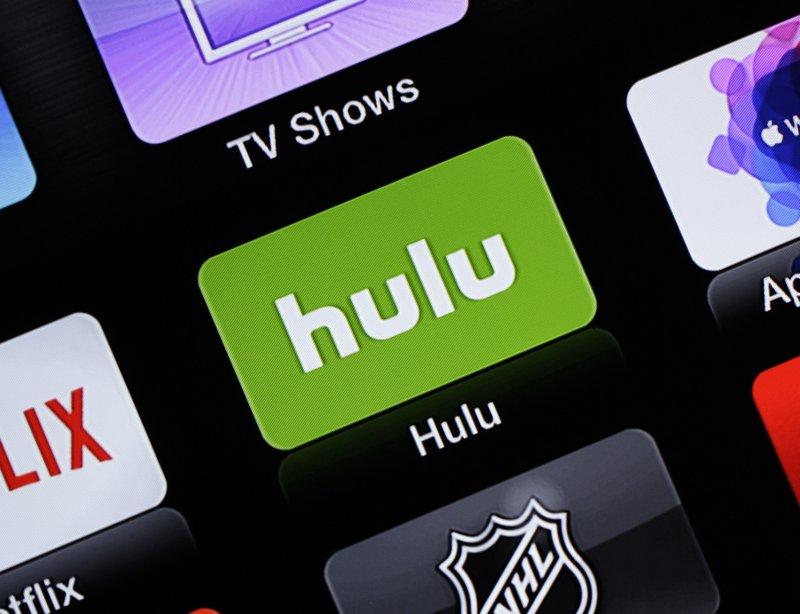Hulu’s live-TV streaming service will cost $5 more per month, while its traditional video-on-demand service will be $2 cheaper.
Hulu with Live TV, a cable-like package with CNN, ESPN and a few dozen other channels over the internet, will cost $45 a month starting Feb. 26, as Hulu seeks to make that service more profitable. The new price is comparable to a basic plan from Sony’s rival PlayStation Vue, but more expensive than Google’s YouTube TV and AT&T’s DirecTV Now.





